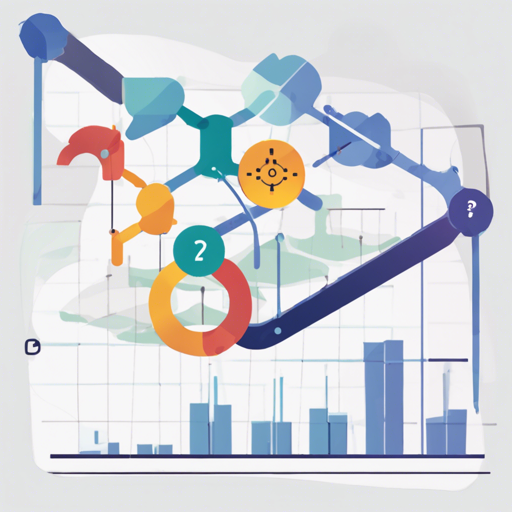Welcome to the world of Tslearn, a robust toolkit designed specifically for time series analysis in Python. Whether you’re a data scientist, a researcher, or a machine learning enthusiast, Tslearn equips you with the necessary tools to tackle and analyze time series data efficiently.
Table of Contents
Installation
To install Tslearn, you have several options. Choose the method that suits you best:
- Using PyPi:
python -m pip install tslearn - Using Conda:
conda install -c conda-forge tslearn - From Git:
python -m pip install https://github.com/tslearn-team/tslearn/archive/main.zip
Make sure you have the required dependencies installed for a successful setup. For detailed instructions, refer to the documentation.
Getting Started
Let’s dive into how to prepare your time series data and start analyzing it with Tslearn.
1. Getting Your Data in the Right Format
Tslearn expects your data to be structured as a 3D NumPy array, where:
- n_ts: Number of time series
- max_sz: Number of measurements per time series
- d: Number of dimensions
To format your data correctly, you can:
- Utilize the utility functions like
to_time_series_dataset. - Convert from other popular time series toolkits.
- Load datasets in the required format from the UCR repository.
- Generate synthetic datasets using the generators module.
For example:
from tslearn.utils import to_time_series_dataset
my_first_time_series = [1, 3, 4, 2]
my_second_time_series = [1, 2, 4, 2]
my_third_time_series = [1, 2, 4, 2, 2]
X = to_time_series_dataset([my_first_time_series,
my_second_time_series,
my_third_time_series])
y = [0, 1, 1]This is akin to organizing a library where each section corresponds to a different time series, and each book corresponds to the measurements over time.
2. Data Preprocessing and Transformations
After formatting, you can preprocess your data to optimize algorithm performance. Tslearn provides various preprocessing utilities:
- Scale your time series for consistency.
- Resample data for time efficiency.
- Apply piece-wise transformations for alternative representations.
Here’s how you can scale your data:
from tslearn.preprocessing import TimeSeriesScalerMinMax
X_scaled = TimeSeriesScalerMinMax().fit_transform(X)
print(X_scaled)3. Training a Model
Once your data is ready, you can train various models like classifiers, regressors, or clustering algorithms. Tslearn supports multiple functionalities, enabling comparison and combination with established methods.
from tslearn.neighbors import KNeighborsTimeSeriesClassifier
knn = KNeighborsTimeSeriesClassifier(n_neighbors=1)
knn.fit(X_scaled, y)
print(knn.predict(X_scaled))The elegant integration with Scikit-learn facilitates the use of advanced techniques like hyper-parameter tuning.
4. More Analyses
Tslearn allows you to conduct various types of analyses such as calculating barycenters or evaluating distance metrics between time series.
Available Features
Here’s a brief overview of what Tslearn can do for you:
- Data processing
- Clustering
- Classification
- Regression
- Metrics and evaluations
Documentation
For an in-depth guide, visit our documentation hosted on ReadTheDocs. Here you can find the API reference, example galleries, and user guides.
Contributing
If you’re eager to contribute, check out our contribution guidelines. There’s a rich base of features that could benefit from further enhancement. Don’t hesitate to open an issue if you have ideas for ML methods for time series that you want to see implemented!
Troubleshooting
If you encounter any issues during installation or usage, consider these troubleshooting ideas:
- Ensure all dependencies are installed correctly.
- Double-check your data formatting; Tslearn is strict about input shapes.
- Refer to the documentation for common issues and FAQs.
For more insights, updates, or to collaborate on AI development projects, stay connected with fxis.ai.
Conclusion
At fxis.ai, we believe that such advancements are crucial for the future of AI, as they enable more comprehensive and effective solutions. Our team is continually exploring new methodologies to push the envelope in artificial intelligence, ensuring that our clients benefit from the latest technological innovations.

